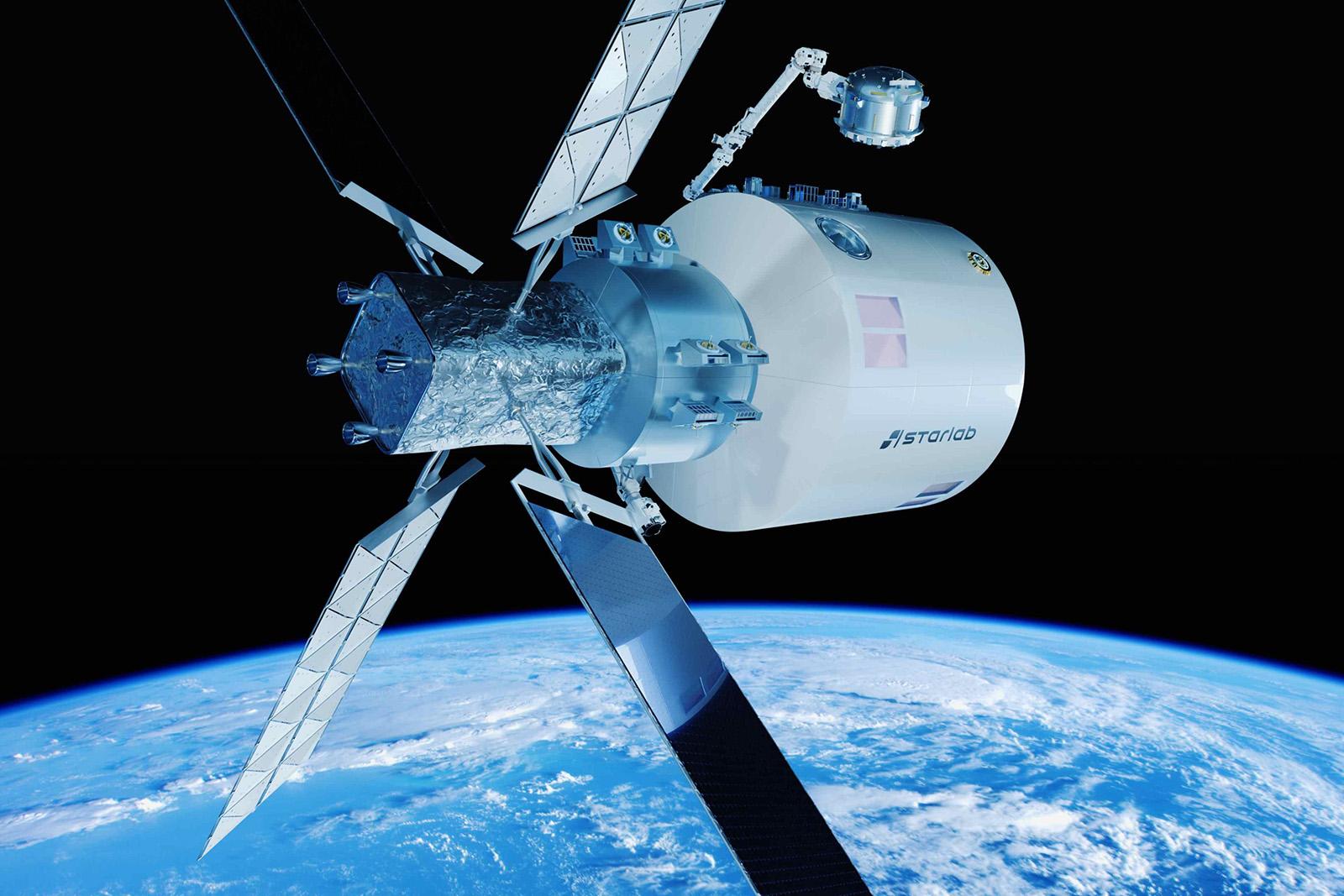
COLORADO SPRINGS—Starlab Space, the joint venture of Voyager Space and Airbus Space and Defense developing the Starlab commercial space station, says it is on schedule to conduct a key design review later this year that should keep it on track to launch later this decade.
Speaking at the Space Symposium here, Dylan Taylor, chairman and chief executive of Voyager Space, says the design review is “the next big step for us and we’re on track with that. We’re trying to get this flying in 2028. Currently, we’re on schedule. NASA is on record saying that the International Space Station [ISS] will be decommissioned in 2030 and it’s really important that we don’t have a space station gap. So, we’re very focused on getting this on orbit prior to that.”
Starlab, which is designed to house a crew of four, is designed to reach initial operational capability with just one launch. In January the joint venture announced it had selected SpaceX’s Starship as the launch vehicle. “We selected Starship, mainly because we had the confidence that SpaceX was going to be able to make orbit,” Taylor says. “They’re launching about every three days or so with Falcon so we had a lot of confidence that they would be able to pull this off by the time we needed them.”
Referencing the April 4 announcement that Mitsubishi has become a strategic partner of Starlab Space and will take an equity stake in the joint venture, Taylor says, “In addition to all the technical requirements of putting a space station on orbit, we believe very strongly you must have a good business model. So we’ve spent a lot of time trying to internationalize our business plan. We believe that part of the reason the ISS has been so successful is the international cooperation on station.”
“So we spend a lot of time creating the right partnerships for Starlab and specifically we formed a transatlantic joint venture, the leading partner on that with us is Airbus, which is doing the module. Mitsubishi also is joining the joint venture as an equity partner, which really brings the Japanese market to the fold,” he adds.





